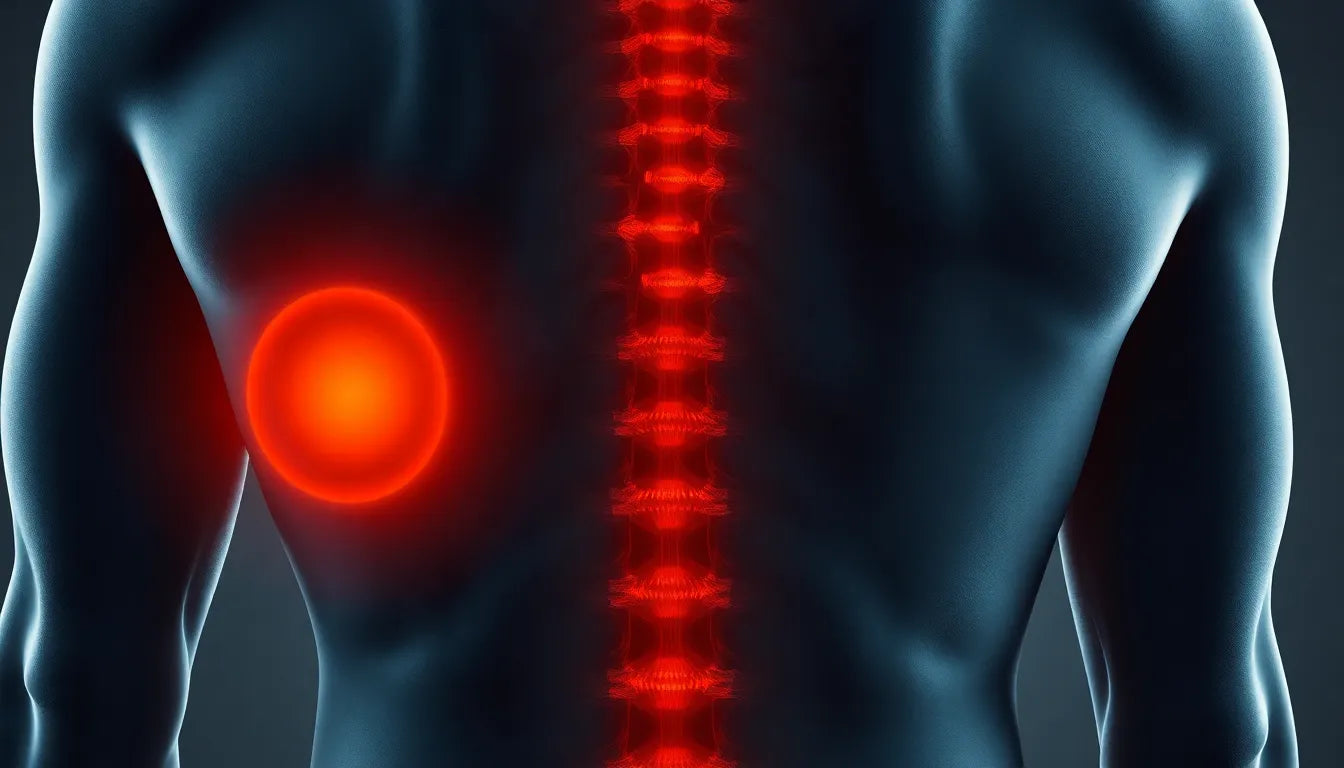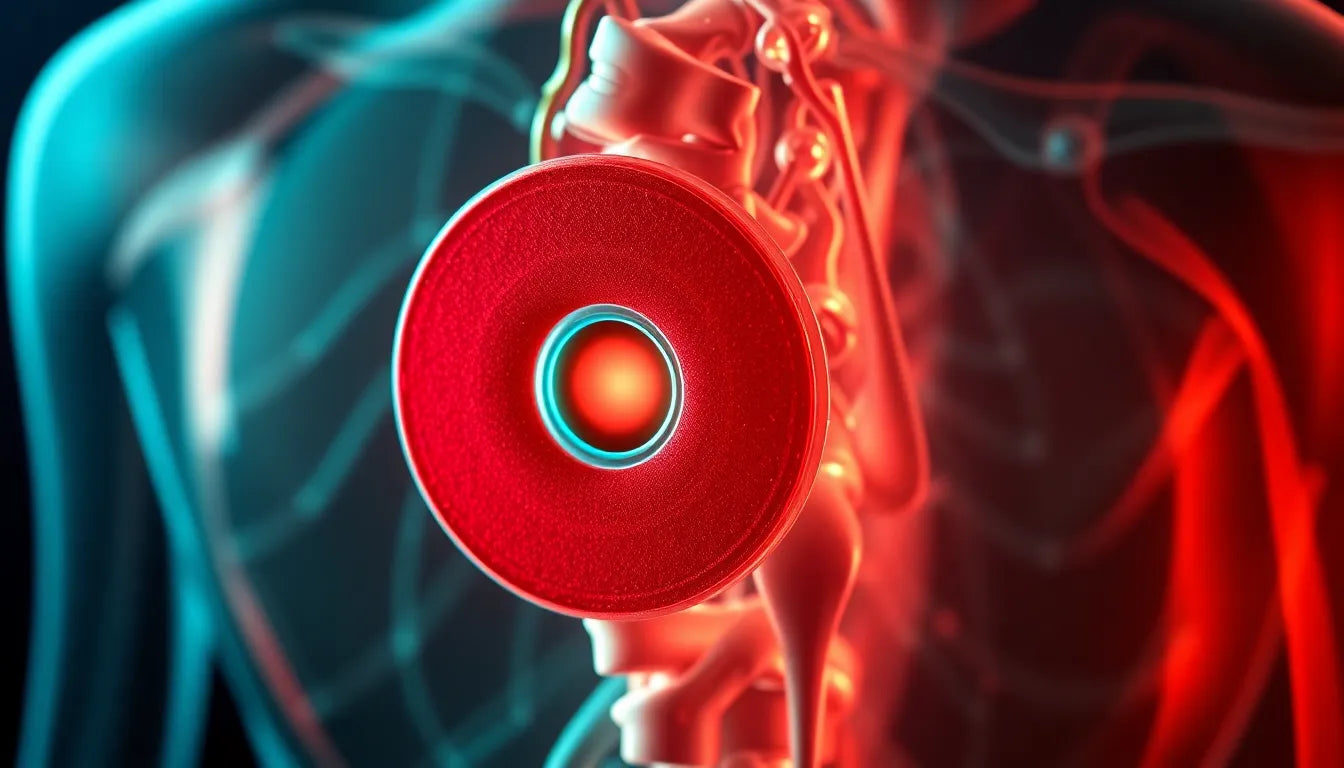Dealing with a herniated disc can be both challenging and frustrating, as it significantly impacts your daily life and overall well-being. A herniated disc occurs when the soft inner gel of a spinal disc pushes through a tear in its tougher exterior, often leading to pain, numbness, and weakness in the limbs. These symptoms can disrupt your routine, making even simple tasks feel daunting. However, understanding the condition and how to effectively manage it through training can pave the way for recovery and improved quality of life.
the role of exercise in recovery
Exercise plays a crucial role in the recovery process for individuals with a herniated disc. Targeted exercises can help alleviate pain, improve mobility, and strengthen the muscles surrounding the spine, reducing the risk of future injuries. While the idea of training with a herniated disc might seem intimidating, it is essential for rehabilitation and long-term health. With the right approach, exercise can become a powerful tool in managing symptoms and promoting healing.
setting the stage for safe training
Before embarking on any exercise regimen, it is vital to have a tailored plan that addresses your specific needs and limitations. Consulting with healthcare professionals, such as physical therapists, can provide valuable guidance in creating a safe and effective exercise routine. Additionally, incorporating ergonomic aids and supportive equipment can enhance your training efforts by offering comfort and reducing strain on your back. By setting the stage for safe training, you can confidently navigate the challenges of a herniated disc and work towards a healthier, more active lifestyle.
safe exercises and stretches for herniated discs
When dealing with a herniated disc, incorporating safe and effective exercises into your routine is crucial for managing symptoms and promoting recovery. One of the key areas to focus on is the transverse abdominis, a deep core muscle that plays a vital role in stabilizing the spine. Strengthening this muscle can significantly reduce strain on the back, providing much-needed support. Exercises like the abdominal draw-in maneuver or pelvic tilts can be particularly beneficial in engaging the transverse abdominis without exacerbating back pain.
Another effective way to build core strength without putting undue pressure on the spine is through side planks and the Pallof press. These exercises target the oblique muscles and help improve overall core stability, which is essential for supporting the spine. Side planks, in particular, are a low-impact exercise that can be modified to suit your fitness level, making them an excellent choice for individuals with a herniated disc.
In addition to strengthening exercises, incorporating stretches into your routine can help improve flexibility and relieve tension in the lower back. Hamstring stretches are particularly important, as tight hamstrings can increase stress on the lower back, exacerbating pain. Regularly performing gentle hamstring stretches can alleviate this tension, promoting better posture and reducing discomfort. Similarly, pelvic tilts can help release tension in the lower back, providing relief from pain and improving mobility.
guidelines for effective training
To ensure a safe and effective training regimen, it's essential to adhere to a few key guidelines. First and foremost, always begin with a warm-up to prepare your body for exercise and reduce the risk of injury. A proper warm-up increases blood flow to the muscles, making them more pliable and ready for activity. Similarly, a cool down session post-workout is crucial for aiding recovery and reducing muscle soreness.
It's also important to be mindful of your body's signals and avoid any movements that cause pain. Listen to your body and modify or skip exercises that exacerbate discomfort. Remember, the goal is to promote healing, not to push through pain. Gradually increase the intensity and duration of your workouts as your body adapts and strengthens. This progressive approach helps prevent setbacks and ensures steady progress in your recovery journey.
the importance of physical therapy and professional guidance
While self-guided exercises can be beneficial, consulting with a physical therapist or healthcare professional is invaluable in creating a personalized exercise plan. A physical therapist can assess your specific condition and tailor exercises to meet your unique needs, ensuring that your routine is both safe and effective. They can also provide guidance on proper form and technique, reducing the risk of injury and maximizing the benefits of your training.
Moreover, professional guidance can offer insights into additional therapies or treatments that may complement your exercise regimen. Whether it's incorporating massage therapy, acupuncture, or ergonomic aids, a healthcare professional can help you explore various options to enhance your recovery process.
In conclusion, training with a herniated disc requires a strategic approach that prioritizes safety and gradual progression. By focusing on core stability, incorporating safe exercises and stretches, and seeking professional guidance, you can effectively manage your condition and work towards a healthier, more active lifestyle. Remember, patience and consistency are key to conquering the challenges of a herniated disc and achieving long-term well-being.
Integrating ergonomic aids for effective training
When dealing with a herniated disc, incorporating ergonomic aids into your training routine can significantly enhance comfort and reduce strain on your spine. These aids, such as lumbar supports, ergonomic chairs, or specialized cushions, are designed to promote proper posture and alleviate pressure on the affected area. By providing additional support, they allow you to perform exercises safely and effectively, minimizing the risk of exacerbating your condition.
Using ergonomic aids during daily activities, not just during exercise, can also contribute to overall recovery. For instance, an ergonomic chair can help maintain spinal alignment while sitting at a desk, reducing discomfort and promoting healing. Similarly, lumbar supports can be used in vehicles or on sofas to ensure you're not putting undue stress on your back. Integrating these aids into your lifestyle can create a more supportive environment for your recovery journey.
Success stories: Overcoming herniated disc challenges
Many individuals have successfully managed their herniated disc challenges through a combination of targeted exercises and ergonomic support. For example, Jane, a 45-year-old office worker, found relief by incorporating daily core exercises and using an ergonomic chair at work. Over time, she experienced significant improvements in her pain levels and mobility, allowing her to resume her favorite activities.
Similarly, Mark, an active sports enthusiast, was initially concerned about his ability to continue his passion after being diagnosed with a herniated disc. By working closely with a physical therapist and using lumbar supports during workouts, he was able to tailor a training regimen that accommodated his condition. His dedication to maintaining a consistent exercise routine, along with ergonomic adjustments, helped him regain strength and confidence.
Frequently Asked Questions
Can you lift weights with a herniated disc?
Yes, you can lift weights with a herniated disc, but it should be done under professional guidance. Focus on maintaining proper form and start with lighter weights to avoid placing excessive strain on your back. Gradually increase the weight as your strength and confidence improve.
What exercises are safe for a herniated disc?
Exercises such as side planks, transverse abdominis exercises, and gentle stretches like hamstring stretches and pelvic tilts are generally safe for those with a herniated disc. However, it's important to tailor exercises to your individual needs and consult with a healthcare professional for personalized advice.
How long does it take to recover from a herniated disc with exercise?
Recovery time can vary significantly from person to person. With consistent exercise and therapy, some individuals may notice improvements within a few weeks, while others may take several months to see significant progress. Patience and consistency are key to recovery.
Are there exercises to avoid with a herniated disc?
It's advisable to avoid high-impact activities and exercises that involve heavy lifting or twisting motions, as these can exacerbate pain. Always listen to your body and steer clear of movements that cause significant discomfort.
By integrating ergonomic aids, following a structured exercise plan, and seeking professional guidance, you can effectively manage a herniated disc and work towards a healthier, more active lifestyle. With patience and dedication, overcoming the challenges of a herniated disc is within reach.























